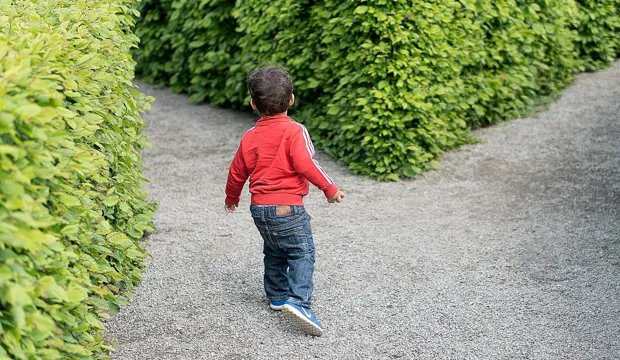
Measuring time
Teaching the measurement of time by racing to be the slowest
In this engaging experiment, students will learn how to measure time by recording the time it takes to complete a walking race where the winner is the last person to cross the line, not the first!
Activity introduction
This resource is part of a series created to support the primary national curriculum. Its purpose is to aid in teaching essential topics in mathematics and science.
In this particular activity, students will participate in a slow walking race and measure the time it takes to complete it. Working in small teams, they will use stopwatches to time each other and record the data. The collected results will be organised and discussed as a class, using terms such as faster, slower, and quicker.
This activity serves as a central lesson to teach students how to gather data through measurement and apply their numerical skills in a practical setting. It can also be utilised as one of several activities within a broader learning framework emphasising using mathematics and science to comprehend time measurement.
This activity is suitable for groups of 4 or more participants and can be conducted in various settings such as the classroom, hall, or outdoors.
The distance for the slow walk race can be adjusted to accommodate the available space, with a recommended length of 5 meters. It is ideal to mark the start and finish lines using tape or any suitable material within the available space.
Before starting the activity, ensure that the learners understand how to properly operate the stopwatches, including starting, stopping, and resetting functions. The teacher should provide a demonstration in advance to ensure clarity.
How long will this activity take?
This activity will take approximately 40-60 minutes to complete. Download the activity sheet below for a step-by-step lesson plan.
The engineering context
Accurate timing plays a crucial role for robotics engineers. They must determine the speed range at which two-legged robots can walk without losing balance. These engineers design robots to assist astronauts in space missions and perform demanding tasks like heavy lifting in factory settings.
Suggested learning outcomes
By the end of this activity, students will be able to measure the time it takes to finish a race, they will be able to sort and compare time data, and they will be able to use the terms faster/slower to describe the time result of the race.
Remember, the downloads below are all free!
All activity sheets and supporting resources are free to download, and all the documents are fully editable so that you can tailor them to your students and your schools’ needs.
The activity sheet includes teacher notes, guidance, helpful web links, and links (where appropriate) to the national curriculum in the four devolved UK nations; England, Northern Ireland, Scotland and Wales.
Please share your classroom learning highlights with us @IETeducation





